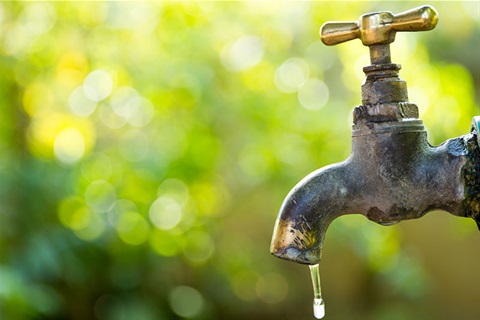Low levels of PFAS chemicals detected in Bungendore water supply
Published on 31 October 2024

Following a regime of testing across all the Queanbeyan-Palerang Regional Council water supplies, Council has issued reassurances to the Bungendore community after PFAS was detected in the water supply for Bungendore.
‘Council’s testing detected a type of PFAS known as PFOS at 4 nanograms per litre (or parts per trillion), and another type known as PFHxS at 2 nanograms per litre (or parts per trillion),’ Mayor Kenrick Winchester said.
‘4 parts per trillion is the equivalent of 1 millilitre diluted into 100 Olympic swimming pools.
‘The Australian Drinking Water Guidelines currently set a health guideline value of 70 parts per trillion of combined PFOS and PFHxS as the threshold, so the testing results are more than ten times below that limit.
‘However, the National Health and Medical Research Council (NHMRC), who produce the guidelines are currently seeking feedback from the Australian community on new guidelines that change to individual values for four groups of PFAS, rather than a total sum.
‘The NHMRC has confirmed that while the new proposed guideline values - which are yet to be confirmed or put in place - are lower than the current values, our drinking water remains safe as long as it continues to meet the existing guidelines.’
‘Under the proposed new guidelines, we are right at the limit of 4 parts per trillion for PFOS, and well under the 30 parts per trillion threshold proposed for PFHxS. The other types of PFAS were not detected.
‘While these testing results were unexpected, it is reassuring that we are within the guidelines, and we will be working to ensure that we remain within them if new values are adopted.
‘This demonstrates that the proposed bulk water pipeline between Queanbeyan and Bungendore is more urgent and critical for the long-term water security for Bungendore. Council will be advocating strongly for this important project with both our State and Federal local members. We will have a designed, shovel-ready project very soon and are seeking their support to make it happen.’
PFAS chemicals (or per- and polyfluoroalkyl substances) are a group of more than 4,000 synthetic chemicals used in many everyday products including cosmetics and sunscreens; dental floss; stain and water protection for carpets, fabric, furniture and apparel; paper coating (including for some food packaging); and fire-fighting foams. They have been widely used because they are effective at resisting heat, stains, grease, and water.
General Manager Rebecca Ryan explained that Council is remaining vigilant about the levels of PFAS that have been detected, despite the results being very low and within the guidelines. It is important that the community is informed that PFAS was detected and is updated on a regular basis on what we are doing to address the issue.
‘There is no odour or taste associated with PFAS, and it can only be found with specific testing.
‘The NHMRC are Australia’s leading expert body in health and medical research, and they set the values in the drinking water guidelines to protect health across a lifetime of consuming drinking water,’ Rebecca said.
Ms Ryan also confirmed that following the testing, Council had reported the detection to relevant Government agencies and water authorities and are working with them to determine the best ways forward.
‘We have implemented fortnightly testing to see if this may be a short-lived event and to find out if the levels are remaining static, declining, or increasing. We will publish these results on our website along with more information about PFAS.’
We are inviting the community to a public meeting at the Bungendore Sports Hub on Wednesday 6 November at 6pm.
Further information on the detection of PFAS in the water in Bungendore can be found on Council’s website at: www.qprc.nsw.gov.au/PFAS
NSW Government guidance on PFAS and drinking water is available on their website at www.nsw.gov.au/PFAS
Council also tested the water supply in Queanbeyan, Googong, Braidwood, and Captains Flat and no PFAS was detected. This complemented testing by ICON Water who reported in their recently released annual drinking water quality report that they also found no PFAS in the water supply for Queanbeyan, Jerrabomberra, and Googong.
Consultation on the NHMRC’s draft guideline for PFAS opened on 21 October and closes on 22 November. Details can be found at: https://consultations.nhmrc.gov.au/environmental-health/australian-drinking-water-guidelines-2024-pfas/